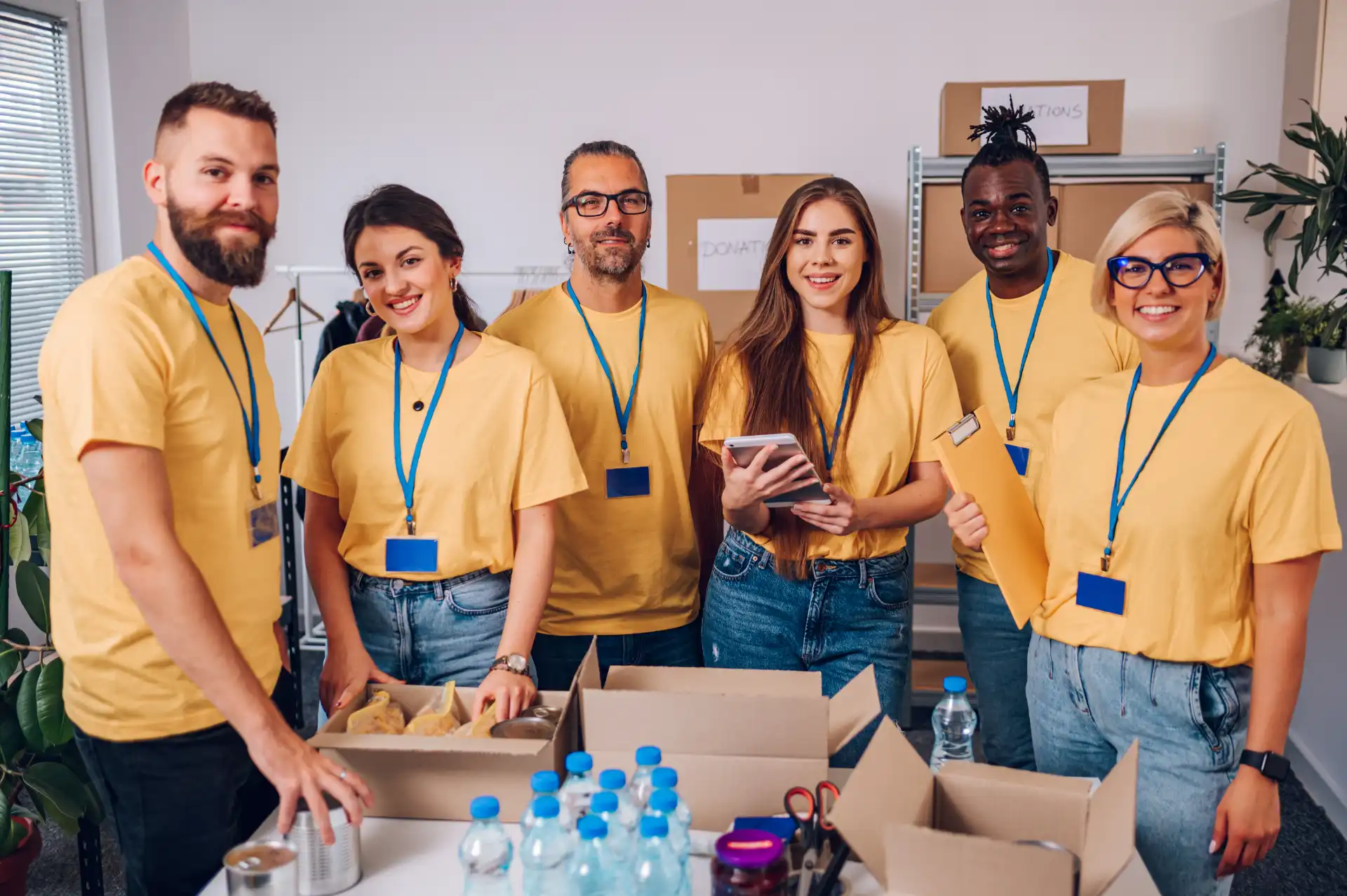Community Resilience: Why Collective Prep Saves Lives
In the modern prepping world, there’s an important shift happening: preppers are realizing that going it alone might not be enough. From wildfires in the West to flooding in the South, the most successful survival stories in 2025 come from groups that stuck together, shared resources, and formed strong, resilient communities. This is the new frontier of preparedness—community resilience prepping.
It’s not about giving up your bug-out bag or security plans. It’s about reinforcing them with trusted neighbors, mutual aid systems, and local skills that can mean the difference between chaos and coordination when disaster hits.
Why Community Beats Isolation
The stereotype of the lone wolf prepper is fading fast. Today, survival is being redefined through the lens of cooperation. And the numbers support it. FEMA reports that neighborhoods with established communication networks and support roles recover significantly faster after disasters than those without.
Here are just a few reasons why community resilience matters:
- Resource pooling: Share water, food, power tools, medical supplies, and even shelter.
- Skill diversity: Your neighbor may be a nurse. Another may know how to repair generators. Working together expands what you can do.
- Emotional support: In crisis, morale can be as important as food. Solidarity reduces panic and keeps people focused.
Real-World Example: The Mexico City Earthquake Response
During the 2024 earthquake in Mexico City, dozens of apartment blocks were without power or water for days. What saved lives wasn’t stockpiles—it was spontaneous organization. Residents organized supply rotations, managed security shifts, and created childcare hubs inside garages. Their survival didn’t rely on bugging out. It relied on banding together.
That experience inspired dozens of communities across Latin America and the U.S. to hold emergency prep drills and set up phone trees. The trend is clear: it’s not about one person with all the gear—it’s about everyone with a role to play.
How to Start Building Your Prepper Network
Building community resilience prepping doesn’t require a town hall meeting (though that helps!). You can start with just one conversation. Here’s how to begin:
- Start local: Talk to neighbors you trust. Ask what skills or tools they could share during an emergency.
- Create a map: Note homes with elderly residents, people with medical skills, generators, or water tanks.
- Establish check-in systems: Use messaging apps or radios for routine check-ins during disasters.
- Share knowledge: Host monthly workshops on first aid, food storage, or home fortification.
You don’t need to be a leader to make it happen—just a catalyst. Prepping isn’t just personal anymore. It’s communal.
Tools for Community Prepping in 2025
Many new tools have popped up in 2025 to help preppers stay connected and organized. Here are a few must-haves:
- GMRS radios – longer range than walkie-talkies and perfect for neighborhood use.
- Shared inventory apps – platforms like “PrepShare” allow neighbors to log shared gear and location access points.
- Portable solar hubs – distribute energy access during grid-down scenarios, especially in shared shelters.
These tools don’t just support survival—they empower it. They turn ordinary communities into strongholds of preparedness and restoration.
Mindset Shift: From Self-Reliant to Inter-Reliant
This doesn’t mean you abandon personal prepping. Instead, it amplifies your efforts by combining them with others. Think of it as a layered defense:
- Individual readiness – your bug-out bag, food stash, and water filters.
- Household resilience – backup power, security plans, and medical kits.
- Community strength – shared alert systems, resource exchanges, and safe zones.
Each layer reinforces the others. And together, they form something stronger than fear: hope with a plan.
Conclusion: Together, We Survive
Prepping in 2025 is more than buying gear—it’s about building trust. It’s about knowing that when disaster strikes, you have hands to hold and people to count on. Community resilience prepping is the smartest survival strategy you can adopt this year. Start small. Stay committed. And remember: preparedness is power—but together, it becomes unstoppable.
✔️ Ready to start your group? Check out our guide to Building a Prepper Community.
✔️ Make sure your household is covered too with Building a Home Survival Kit.
